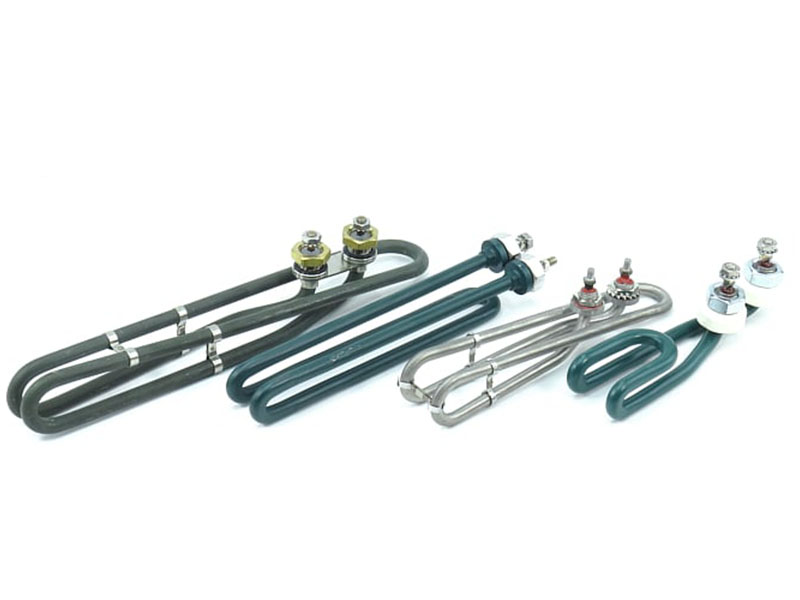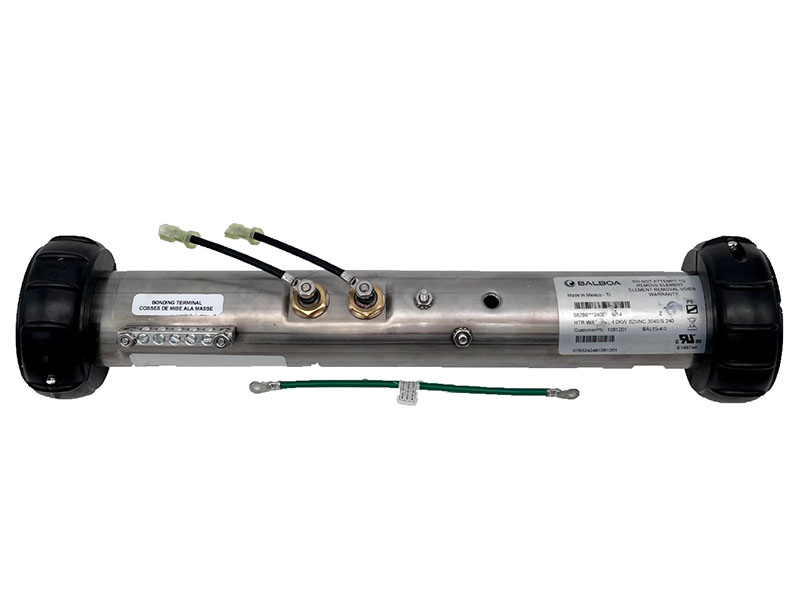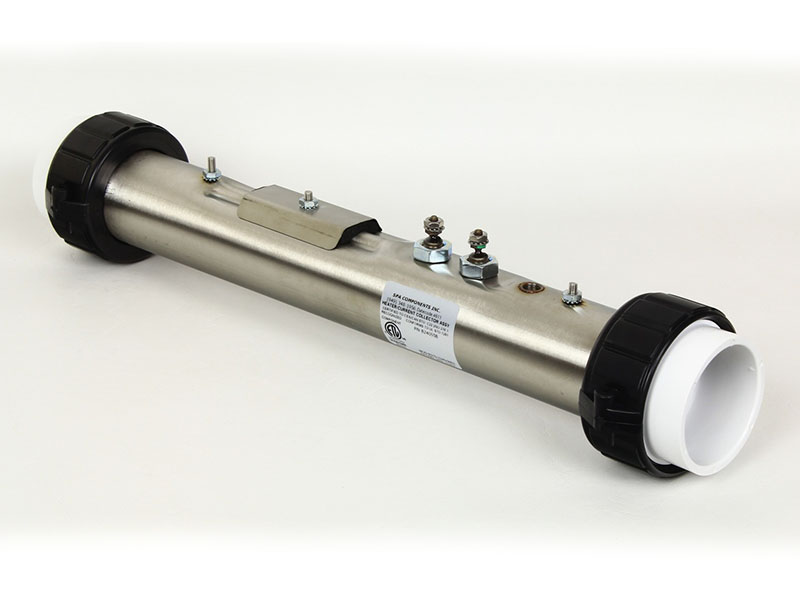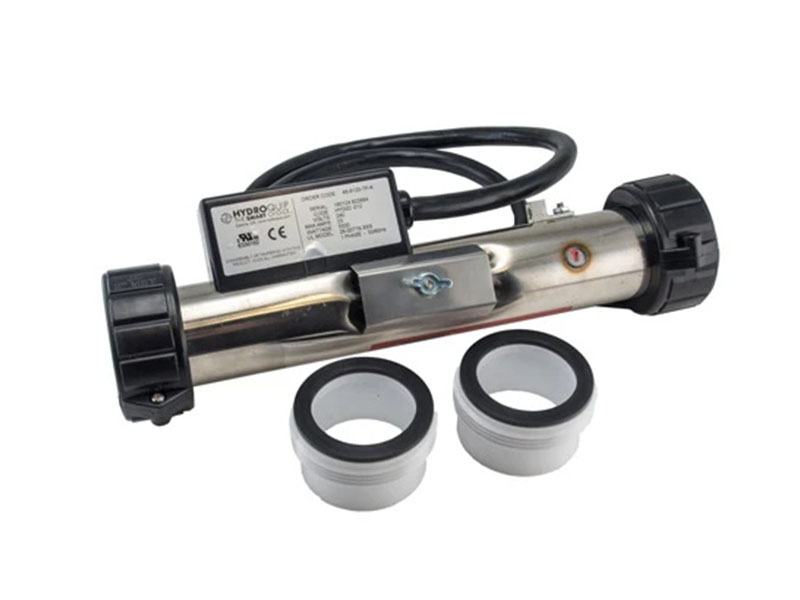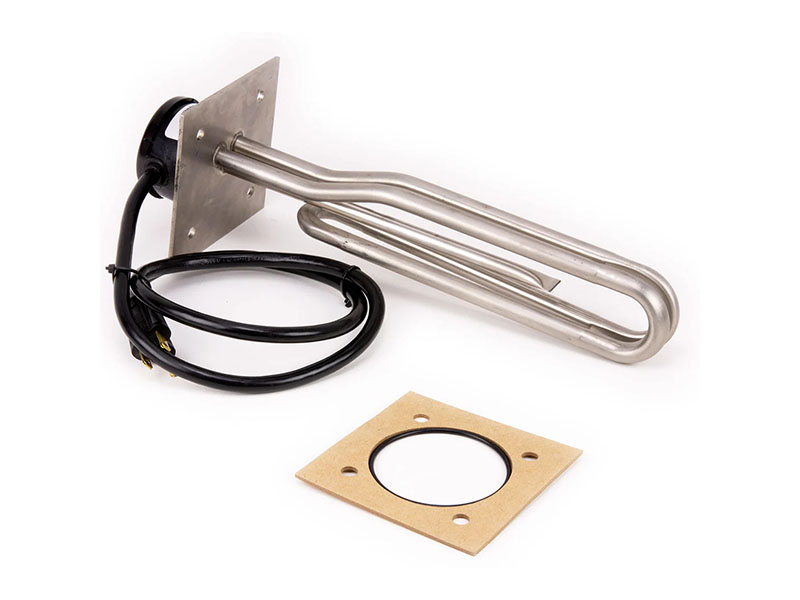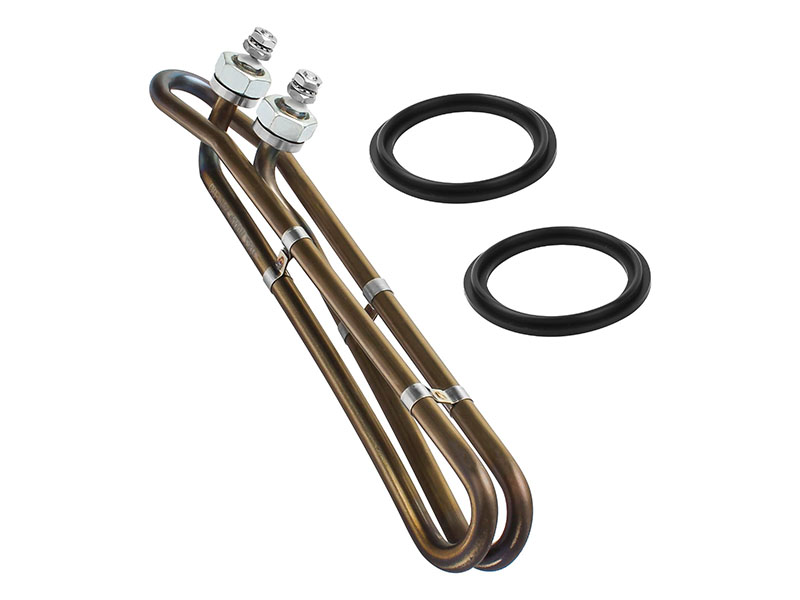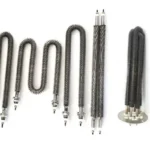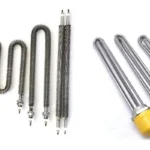Your hot tub water stays cold no matter what? You need heating power quickly. Don’t let faulty elements ruin relaxation. Solving this trouble brings back warm enjoyment simply.
Replace worn out elements when temperature rises slowly or trips circuits. Costs vary by material and tub brand. We share step-by-step replacement guidance and testi
ng methods.
We’ll explains ymptoms that demand replacements. Learn cost-effective solutions now
.
How Can You Replace a Hot Tub Heating Element in 8 Simple Steps?
Struggling with icy tub water? Waterproof failures happen. Following our sequence prevents mistakes and water damage during swap.
First cut power and drain tub. Remove access panel to expose element. Check old unit’s wattage. Disconnect wires. Install new element matching specs exactly. Reassemble plumbing before use.
Step-by-Step Safety Process
Replacements require careful preparation. We detail each phase:
Power Disconnect Protocol
Shut off breaker first. Use voltage tester. Water and electricity cause harm.Draining Mechanics
Open drain valve fully. Use sump pump if needed. Residual water damages new elements.Element Access Methods
Location differs per model. Hot Spring® brands need rear access. Others have top panels.Correct Positioning
Align gasket perfectly. Over-tightening cracks housing. Hand-tighten plus quarter turn.
| Tool Checklist | Purpose |
|---|---|
| Non-contact voltmeter | Confirm zero power |
| Channel-lock pliers | Loosen unions |
| Teflon tape | Seal threaded connections |
| Replacement gasket | Prevent leaks |
Complete reconnection tests before filling. Turn on power last after full assembly.
How Much Does a Hot Tub Heating Element Replacement Cost in 2025?
Getting unexpected quotes? Repair bills vary wildly. Material choice shapes both initial price and future repairs.
Standard titanium elements cost $80-$150. Incoloy® units run $180-$350. Brand-specific models cost 40% more than universal options. Labor adds $100-$300 if hiring professionals.
Breaking Down Replacement Expenses
Three core factors determine your spending:
Material Cost Differences
Titanium works for chlorine tubs. Saltwater needs Incoloy®’s corrosion resistance. Higher metals mean longer life.
Labor Complexity Factors
DIY avoids service fees. Technicians charge hourly plus trip fees. Hard-to-access designs double labor time.
Warranty Value Analysis
Brand-specific units have longer warranties. Universal options offer 1-year coverage. Longer warranties cost more upfront.
We always recommend matching original specs exactly. Incorrect wattages damage control boards permanently.
How Can You Test Your Hot Tub Heater to Diagnose Element Failure?
Losing heat inconsistently? Other parts mimic element failure. Accurate diagnostics prevent unnecessary replacements.
Test resistance with multimeter set to ohms. Confirm continuity through terminals. Verify no ground faults. Compare readings against manufacturer specs to confirm failure co
nclusively.
Diagnostic Methodol
ogy
Systematically eliminate other failure points:
Resistance
Testing Procedures
Disconnect all wires first. Touch probes to both terminals. R
eadings below 10Ω indicate short circuit. Infinite resistance means open circ
uit.
Error Code Interpretation
Modern tubs show heater failure codes.
OH, HL, or DR errors signal different problems. Code lists come in owner manuals.
Control Bo
ard Health Checks
Verify power reaches heater terminals. Test incoming vol
tage during heater cycle. Unresponsive relays point to board issues.
Element
failure causes gradual heat loss. Sudden shutdowns often involve sensors or pressure switches inste
ad.
Universal or Brand-Specific: Which Heater Element Should You Choose?
Confused by compatibility charts? Brand labels charge premiums but simplify selection. We analyze true performance differences.
Universal types fit most brands and save money. Brand-specific models guarantee warranty compliance. Materials and wattage stay identical regardless of labeling claims.
Decision-Making Framework
Match your usage priorities:
Warranty Protection Analysis
Using non-OEM parts voids warranties on new tubs. Older models benefit from cheaper universal options.
Installation Difficulty Scale
Universal types require measuring existing bolt patterns. Brand-specific units offer plug-and-play simplicity.
We produce both types identically. Certification papers alone differentiate them.
Titanium vs. Incoloy: Which Heater Material Lasts Longer?
Seeing rapid corrosion? Water chemistry dictates material durability. Understand key performance distinctions immediately.
Titanium withstands chlorine exposure. Incoloy® resists saltwater corrosion better. We warranty titanium for 18 months. Incoloy gets 36-month coverage against material failure.
Material Performance Comparison
Each option suits specific conditions:
Chlorine/Bromine Environments
Titanium excels here. Oxidizing chemicals damage most metals. Our titanium alloy handles continuous disinfectant exposure.
Saltwater System Demands
Salt ions corrode titanium quicker. Incoloy’s nickel-chrome mix withstands high salinity. Ideal for saltwater tub conversions.
Thermal Efficiency Levels
Both achieve equal heat transfer. Watt-for-watt performance remains identical. Efficiency depends on wattage rating accuracy.
| Property | Titanium | Incoloy® |
|---|---|---|
| Saltwater resistance | Moderate | Excellent |
| Chlorine tolerance | Superior | Good |
| Warranty duration | 18 months | 36 months |
| Unit cost | $100-$180 | $240-$350 |
Match material to your sanitizer type. Wrong choices cause premature replacements.
Conclusion
Replace elements when heating efficiency drops or error codes appear. Choosing correct material and wattage extends spa lifespan significantly.


